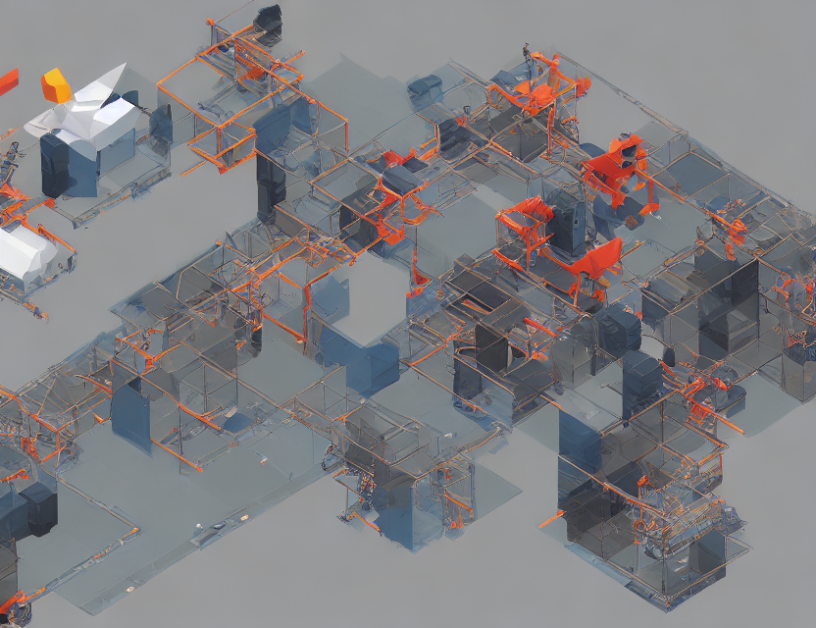Zero-shot learning is a technique used in speech recognition systems to improve their performance by leveraging knowledge from other languages or contexts. In this article, we explore how zero-shot learning works and its potential applications in spoken language understanding.
What is Zero-Shot Learning?
Zero-shot learning is a machine learning approach that allows a model to perform a task without being trained on any examples from that task. Instead, the model relies on knowledge gained from other tasks or contexts to make predictions. In speech recognition, this means using information from other languages or contexts to improve the accuracy of the system, even when it is not trained on those specific languages or contexts.
How Does Zero-Shot Learning Work?
Zero-shot learning works by using a shared encoder to map input data from different tasks or contexts into a shared representation space. This shared representation space is where the model learns the underlying patterns and relationships between the different inputs. Once the model has learned these patterns, it can use them to make predictions for new, unseen data.
For example, imagine you are trying to recognize a spoken sentence in English. Instead of training the model on just English sentences, you could use information from other languages, such as French or Spanish, to help improve its accuracy. This is similar to how a child learns a new language by being exposed to multiple languages and understanding the common patterns between them.
Advantages of Zero-Shot Learning
Zero-shot learning has several advantages in speech recognition systems:
- Improved accuracy: By leveraging knowledge from other languages or contexts, zero-shot learning can improve the accuracy of the system, even when it is not trained on those specific languages or contexts.
- Reduced training time: Since the model does not need to be trained specifically for each language or context, the training time is reduced significantly.
- Flexibility: Zero-shot learning allows the model to adapt to new languages or contexts quickly and easily, without needing to retrain the entire system.
Applications of Zero-Shot Learning
Zero-shot learning has several potential applications in spoken language understanding, including: - Multi-language speech recognition: By using information from other languages, zero-shot learning can improve the accuracy of speech recognition systems for languages that they have not been specifically trained on.
- Context-aware speech recognition: Zero-shot learning can be used to improve the accuracy of speech recognition systems in different contexts, such as noisy environments or different speaking styles.
- Low-resource languages: For languages with limited data available, zero-shot learning can help improve the accuracy of speech recognition systems by leveraging knowledge from other languages or contexts.
Conclusion
In this article, we have demystified zero-shot learning for speech recognition and explored its potential applications in spoken language understanding. By using a shared encoder to map input data into a shared representation space, zero-shot learning allows models to make predictions for new, unseen data without being trained on those specific inputs. This approach can improve the accuracy of speech recognition systems, reduce training time, and provide flexibility in adapting to new languages or contexts. As the field of spoken language understanding continues to evolve, zero-shot learning is likely to play an increasingly important role in improving the performance of these systems.



